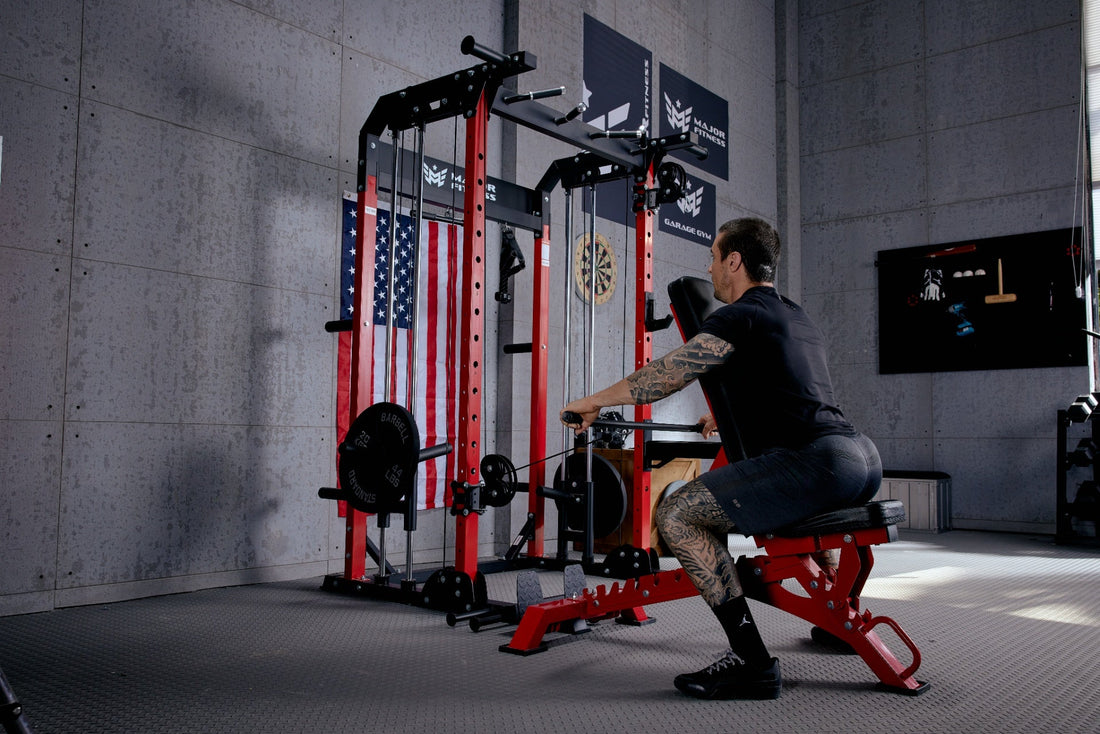
When you think about becoming healthier and fitter, the first question that often comes to mind is: What are strength training exercises? This article aims to answer this question in-depth while providing actionable insights that could revolutionize your approach to physical fitness.

Understanding Strength Training Exercises
Strength training exercises are forms of physical activity specifically designed to improve muscular fitness by exercising a muscle or a group of muscles against external resistance. The resistance could be in the form of free weights, resistance bands, or even your own body weight. The primary goals of these exercises include enhancing muscle strength, increasing muscular endurance, and promoting skeletal stability.
Types of Strength Training Exercises
There are various types of strength training exercises that you can incorporate into your fitness routine:
- Weight Lifting: This includes exercises like bench press, deadlifts, and squats using barbells or dumbbells.
- Bodyweight Exercises: These exercises use your own body weight as resistance and include push-ups, pull-ups, and squats.
- Resistance Band Exercises: Using elastic bands to perform exercises like bicep curls, shoulder presses, and leg lifts.
- Machine-Based Exercises: Exercise machines can be particularly beneficial for beginners as they help you maintain the correct form. Examples include leg presses and lat pulldowns.
Benefits of Strength Training Exercises
Strength training exercises offer a multitude of benefits beyond just muscle building:
- Improved Muscle Strength and Tone: Regular strength training helps build muscle mass and improve muscle tone, making everyday tasks easier.
- Enhanced Metabolism: Muscle tissue burns more calories at rest compared to fat tissue, which means regular strength training can help improve your metabolic rate.
- Better Bone Health: Lifting weights can help increase bone density, reducing the risk of osteoporosis.
- Mental Health Benefits: Strength training has been shown to reduce symptoms of depression and anxiety, improving overall mental well-being.
- Injury Prevention: Building strength in your muscles, ligaments, and tendons can minimize the risk of injuries, especially in sports and daily activities.
Essential Tools and Equipment
If you're serious about incorporating strength training into your routine, certain tools and equipment can enhance your workout experience:
- Free Weights: Dumbbells and barbells are versatile and effective for a range of exercises.
- Resistance Bands: Compact and travel-friendly, resistance bands are great for full-body workouts.
- Exercise Machines: Machines like cable machines and leg press machines can add variety and precision to your workouts.
- Kettlebells: These are excellent for explosive movements and functional exercises.

Getting Started with Strength Training Exercises
Embarking on a strength training journey can seem daunting, but with the right approach, it can be incredibly rewarding:
- Start with a Plan: Define your fitness goals and create a plan tailored to achieving them. Whether it's building muscle, losing fat, or increasing endurance, a structured plan will keep you on track.
- Warm-Up: Always start with a warm-up to prepare your muscles and joints for the workout. Activities like jogging, jumping jacks, or stretching can get your body ready for higher-intensity exercises.
- Begin with Basic Exercises: If you're new to strength training, start with fundamental exercises like squats, push-ups, and planks to build a strong foundation.
- Focus on Form: Proper form is crucial to avoid injuries. Consider consulting a fitness trainer to ensure you're performing exercises correctly.
- Progress Gradually: Incrementally increase the weights or resistance levels as your strength improves. Avoid pushing yourself too hard, too quickly.
- Recovery: Allow time for muscle recovery. Ensure you're getting adequate sleep and nourishing your body with a balanced diet.
Common Mistakes to Avoid
Some common pitfalls can hinder your progress and even lead to injuries:
- Skipping Warm-Ups: Never underestimate the importance of warming up. It prepares your body for the exertion to come.
- Using Incorrect Form: Performing exercises with bad form can lead to injuries. Focus on mastering each movement before adding weight.
- Overtraining: While enthusiasm is good, overtraining can lead to burnout and injuries. Listen to your body and allow time for recovery.
- Inefficient Diet: Strength training requires a well-balanced diet rich in protein, healthy fats, and carbohydrates. Neglecting your nutrition can stall your progress.
Advanced Strength Training Techniques
If you’re past the beginner phase and ready to ramp up your routine, consider incorporating advanced techniques:
- Supersets: This involves performing two exercises back-to-back with minimal rest. It's great for increasing intensity and cutting workout time.
- Drop Sets: Start with a heavier weight and perform as many reps as possible. Then, reduce the weight and continue. This technique helps in muscle hypertrophy.
- Pyramid Sets: Gradually increase the weight with each set while decreasing the number of reps. After reaching the peak weight, work your way back down, reducing the weight and increasing reps.
So, what are strength training exercises? They are your ticket to a better, stronger, and healthier you. By incorporating various forms of strength training into your fitness routine, you’ll find yourself not only gaining muscle but also improving your overall well-being and mental health.
Are you ready to take your fitness journey to the next level? With the right knowledge, tools, and dedication, anything is possible. Get started today and witness the transformative power of strength training.



















